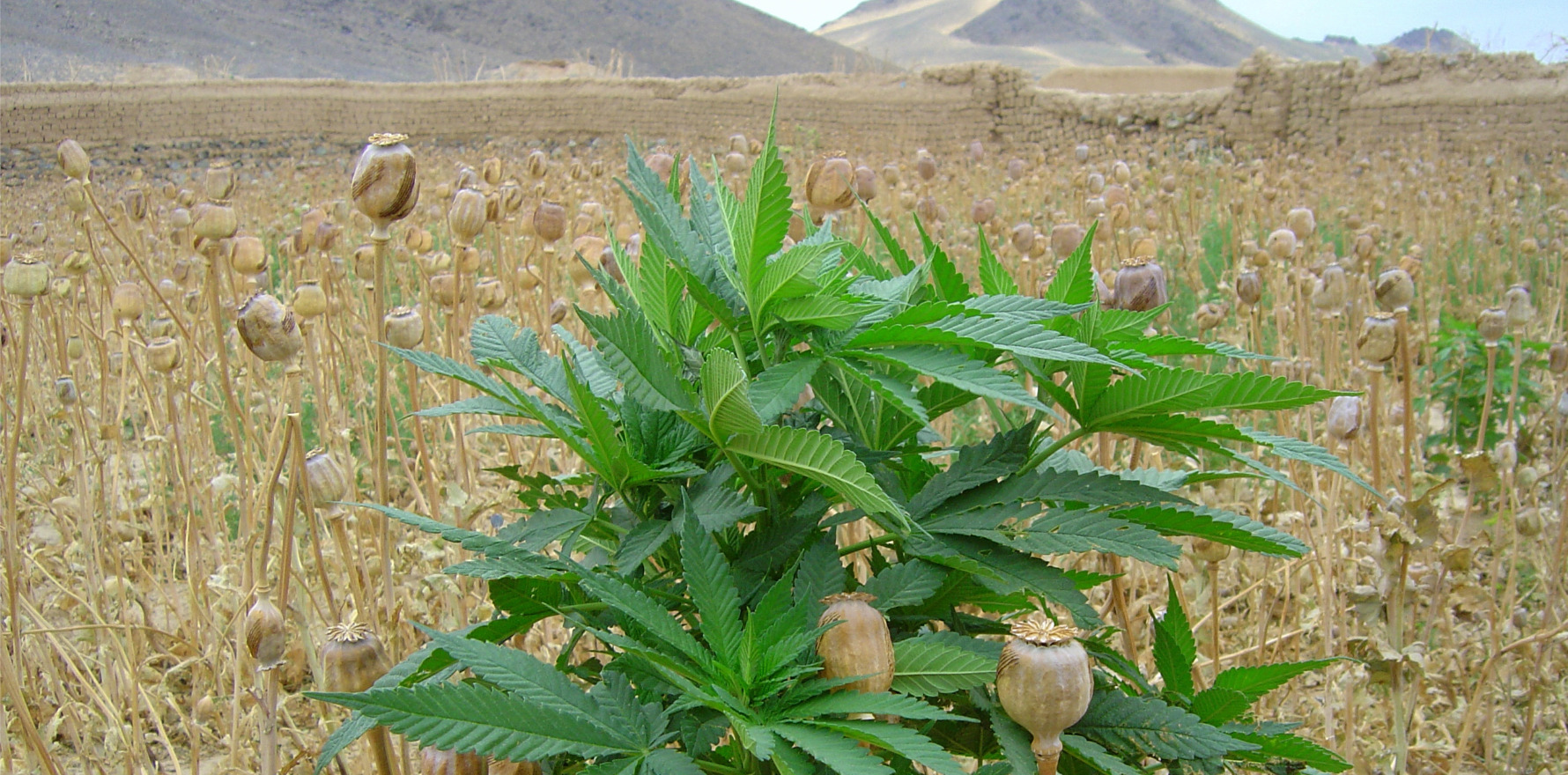But one drug, tapentadol, bucked the trend, which may be a result of GP perception of the drug as a ‘gentler opioid’ and the lack of alternatives, says expert.
Prescription of opioids through the PBS has dropped in recent years, following restrictions to PBS prescribing implemented in 2020, an independent UNSW study has found.
But tapentadol prescription continues to rise.
The study, published today in the Medical Journal of Australia, marks the first independent study on subsidised opioid use following the introduction of changes to the way opioids are prescribed through the PBS in June 2020.
These changes included restrictions to the number of prescription repeats, introduction of half-packet sizes and increased authorisation necessary for some opioid prescription.
According to the researchers, in the year following the PBS changes there was a 4% decline in PBS-prescribed opioid use, which likely reflected wider trends in prescription opioid use across the country.
“Opioid use subsidised through the PBS declined as a result of all these changes, and that likely represents a true decline in opioid use,” said study co-senior author Dr Benjamin Daniels.
“Our study indicated that some people chose to access opioids using unsubsidised private prescriptions, meaning they weren’t bound by the new PBS rules, but this wasn’t extensive.”
Speaking to The Medical Republic, GP and TMR contributor Dr Pallavi Prathivadi, who has a PhD in opioid prescribing practices, said it was great to see a decrease in non-indicated opioid prescribing but she suspected it was a “culmination of efforts” rather than the result of the PBS restrictions alone.
“Since 2017, there have been a whole suite of systems-level efforts to reduce unsafe opioid prescribing, including nudge letters, the introduction of opioid prescribing guidelines, increased educational efforts, plus changes to PBS availability, like making codeine on-script,” said Dr Prathivadi, who was not involved in the MJA study.
“At the end of this whole suite of changes, were these PBS changes.”
Dr Prathivadi said that a difficulty with assessing prescription opioid use, as with other medications, was the lack of access to data on private prescriptions.
“It was always expected that there was going to be a diversion to private scripts because of [these changes],” she said.
“Anecdotally, there is a huge group of patients who are happy to pay for private scripts, if it will bypass the restrictions.
“And if you look at the cost, the private scripts are not significantly higher than the PBS amounts.”
Dr Prathivadi said that prices for private and PBS-subsidised opioids could be “incredibly comparable” and noted that at Chemist Warehouse, the PBS concession price for Endone 5ml was $8.70 and the private script price was $9.99.
“We all know, in healthcare, that financial access is one of the main barriers [to drug access],” she said.
“So the fact that the costs are around $1 different means that this is an ‘accessible’ treatment pathway.
“If the difference was $20, $30, $50, I suspect that would change private prescribing.”
According to UNSW’s research, the decline was spearheaded by a decline in instant release opioids.
But while access to most opioids through the PBS decreased following the restrictions, tapentadol – the newest opioid medicine – bucked the trend, the authors said.
This may have been due to the common trend that use of newer medicines often continued to grow until the market has matured, the authors said.
Dr Prathivadi said the increase could be tied to GP perception of the drug.
“There is this perception in the GP community that tapentadol is a gentler opioid,” she said.
“It’s marketed as an atypical opioid with some anti-inflammatory properties, so it’s potentially more palatable as an opioid – with the associated risks that opioids carry – as a safer option.
“But we know that there is significant risk of opioid-related harm even with tapentadol.
“And although it may have a mode of action as an atypical it’s still an opioid.”
According to Dr Prathivadi, around half of the country’s opioids are prescribed in general practice.
“Fifty percent of the country’s opioids are prescribed by in general practice and 50% of the opioids are for chronic non-cancer pain, where there is very little evidence of their benefit and enormous evidence of opioid-related harm,” she said.
“They’re very over-prescribed and higher risk than potentially the community and many prescribers realise.”
Related
Dr Prathivadi said that while GPs were very aware of opioid-related harm, there was little else that is available and affordable to prescribe for chronic pain.
“They’re not intentionally prescribing these medications because they like them,” she said.
“It’s because physiotherapy is unaffordable, hydrotherapy is unaffordable, pain psychologists are unaffordable and the government reimbursement and support for those evidence-based treatments is minimal.
“A box of endo for $10 is very accessible and potentially the only thing that the GP has in their toolbox to try and provide patient-centred care with very well-meaning intention.”
Instead of investing in interventions to educate GPs, which tend to prove ineffective as the knowledge is there, the sector needs “enormous systems-level efforts for evidence based chronic pain management”.





